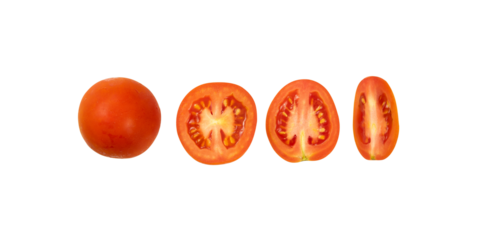Plain & Simple Pomodoro Method
 Daniel Freire
Daniel Freire
In an increasingly crazy and messy world like ours, keeping focused has become a big challenge for many people. For agitated people like me, the struggle to keep attention to a single task is extremely exhausting. I often catch myself thinking of some nonsense, checking my phone, or getting lost in a sea of articles opened in the browser (that I'll probably never read). Over the years, I have experimented with various techniques to improve my concentration and one of the strategies that has helped me the most is the Pomodoro Method, which is a time management technique that uses the promise of a break, a rest, as an incentive to stay focused. In this article, I want to share my experience with the method, explain how it works and talk about how I managed to adjust it to my reality.
The Pomodoro Method🍎 is extremely simple, so simple that it even sounds like a lie! Basically, you divide your working time into 25-minute periods, called pomodoros, followed by a 5-minute break. After completing four pomodoros, you take a longer break, about 15 to 30 minutes. This division of time serves two purposes: first, it helps to create a sense of urgency and, secondly, ensures that you have regular breaks to rest your mind and do whatever you want to do. These breaks are, for people like me who have an agitated mind, absolutely necessary so that it is possible to work/study with quality and consistency. They are a kind of reward for keeping the focus and, at the same time, offer the opportunity to get up, hydrate, and recharge the energies for the next cycle of work. But what happens if you get distracted during a pomodoro? Basically nothing, just understand that you've been distracted and back to work. If it's something you need to remember later, you can write it down in some notebook or post-it and deal with the subject in another pomodoro. It is a daily exercise of training your mind to focus on what is needed.
Although simple, the Pomodoro Method can be improved and adjusted in various ways to better fit your routine and style. For example, I try to divide most of my tasks into sub-tasks and try to fit a task into each pomodoro, which gives me an immense sense of accomplishment, because every 25min on average I'm performing a task. Using an app for the method can also be useful (I will soon be launching my own, and I'll announce it here for you). There are several options available that offer additional features, such as task tracking and productivity statistics. Choose the one that is most aligned with your style. In my case, I always prefer the simplest ones, which do the counting of time only, since I manage my tasks in another app. In addition, it is important to adjust the duration of pomodoros and intervals for what works best for you; although the standard duration is 25 minutes of work followed by a 5-minute break, some people think that longer or shorter periods are more effective. The important thing is to experiment and find what works best for you, adjusting the method to fit your reality, just as I did. It's a super flexible method!
Now I would like to challenge you to try the method! Try to follow for a week and see how it works for you. Adjust work and break times as needed, divide your tasks into sub-tasks that can be completed in a single pomodoro, and try to use an app if you find it helpful. And most importantly, watch how your mind and body respond to the method. Has your focus improved? Has your stress decreased? Share your experience here in the comments or send me a message! I'm always interested in listening to other people's experiences and learning from them!
Subscribe to my newsletter
Read articles from Daniel Freire directly inside your inbox. Subscribe to the newsletter, and don't miss out.
Written by

Daniel Freire
Daniel Freire
Software Engineer who loves Python, Typescript, Go and Rust.